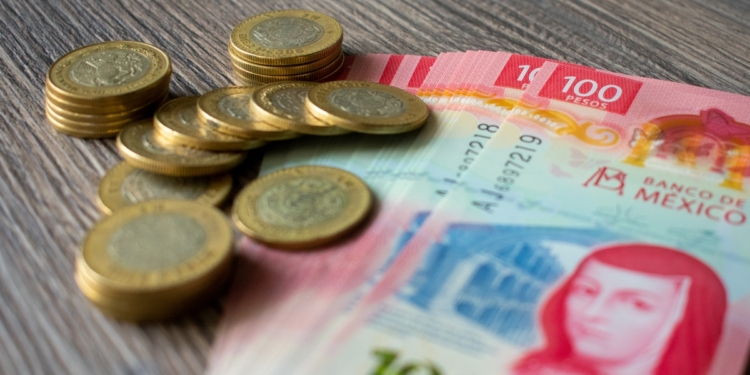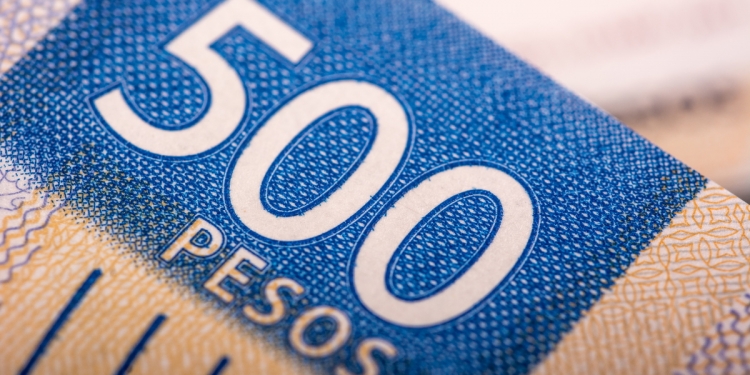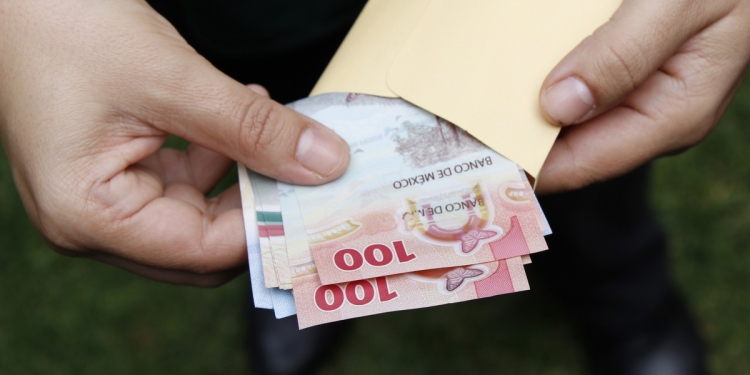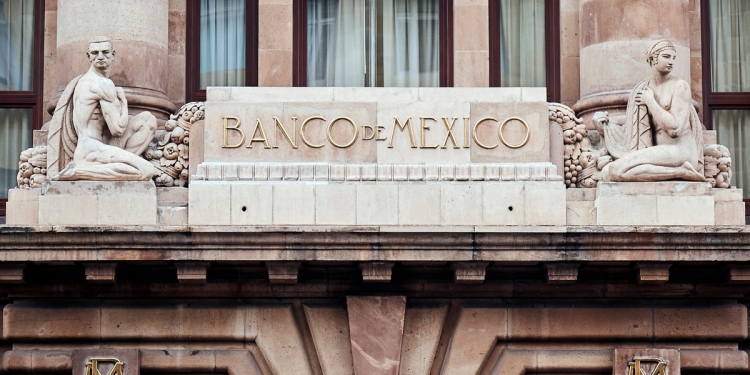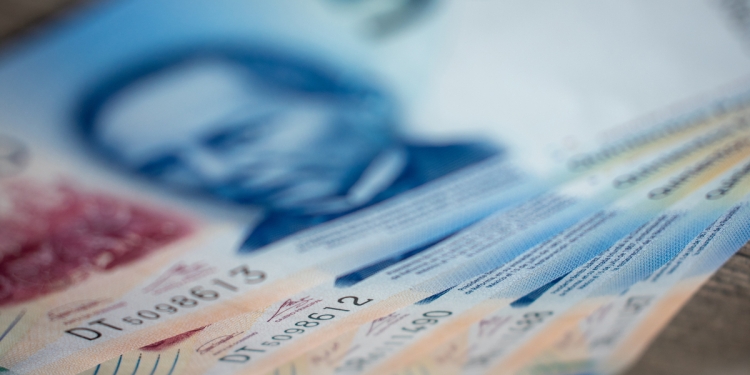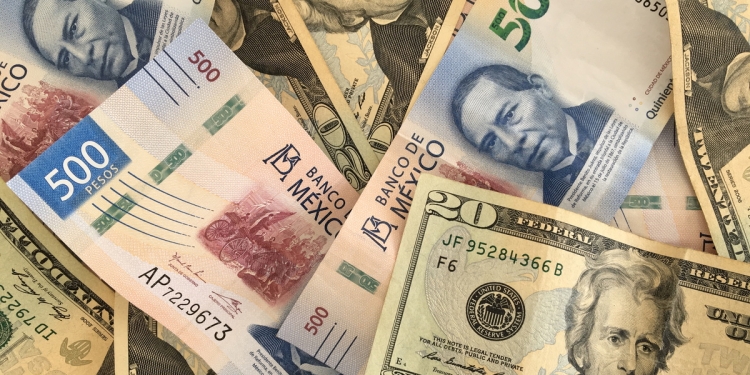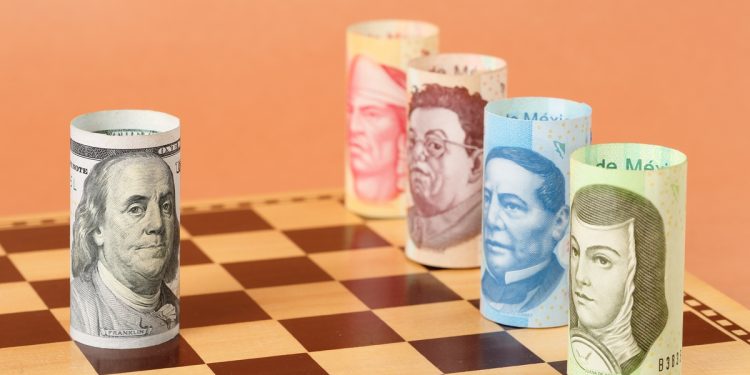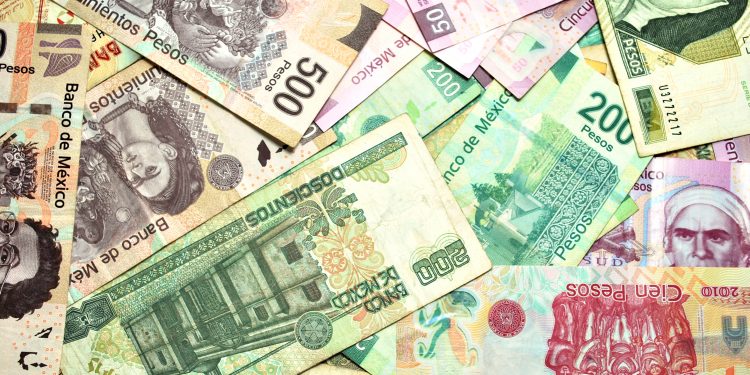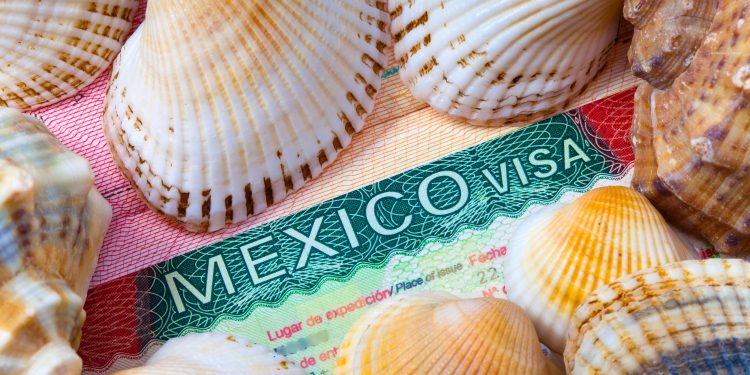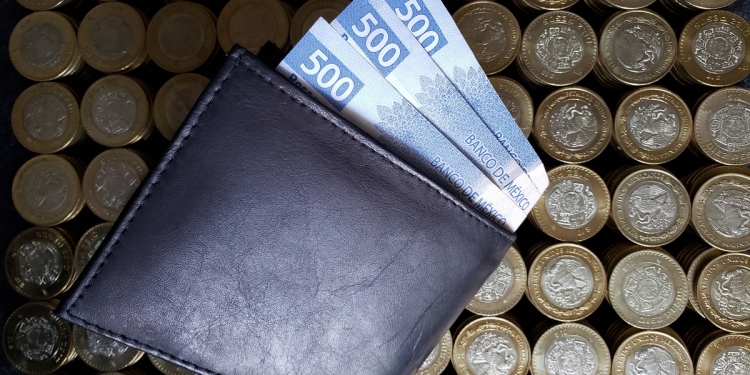The Mexican peso went on a wild ride in 2024, starting out stable and in April reaching its strongest level against the U.S. dollar since 2015.
The currency held steady for a couple of months before a raft of events —elections in Mexico and the U.S., the Bank of Mexico cutting interest rates, and changes in Japan’s interest-rate policy, among others— led to a selloff that made it one of the world’s worst-performing currencies, only behind the Argentine peso, the Brazilian real and the Russian ruble.
A steady start, a tumultuous second half
The peso started out the year around 17 to the U.S. dollar, but closed 2024 at 20.88, booking about a 19% depreciation. The exchange rate averaged 18.33 to the dollar in 2024, compared with 17.74 in 2023.
The first blow for the currency was Mexico’s election in June. Claudia Sheinbaum of the ruling Morena party easily won the presidency with 60% of the vote. Her victory was expected, but what the market wasn’t counting on was the Morena party winning enough seats in congress to change the constitution. That sent the peso into a tailspin as former President Andrés Manuel López Obrador had already submitted a slew of bills in February that investors didn’t like—especially major changes in the judicial system, and the elimination of autonomous regulators. These were passed in the fall by the new congress.
Summer events turned-up heat on the peso
Over the summer, Japan raised its ultra-low interest rates, leading to gains in the yen, while the Bank of Mexico was lowering its benchmark interest rate, which started the year at 11.25%, its highest ever. This affected the “carry trade” where investors borrow in a low interest-rate currency and invest in a higher interest-rate one. As one of the most traded emerging market currencies, the Mexican peso benefits from the carry trade.
As summer drew to a close, it also became clear that Donald Trump would likely win the U.S. election. His campaign pledges to deport migrants and to impose tariffs on imports added further pressure on the peso. The response following the election was limited, as it came as no surprise and had already been “priced in.”
Key economic indicators mark slow-down
All this happened as the Mexican economy slowed down from three years of recovery after the 2020 recession. Remittances from the U.S., which are also a source of support for the peso, grew at a slower rate and were up 2.9% at $59.5 billion at the end of November. Gross domestic product, which measures output of goods and services, is expected to have ended the year up about 1.6%—half of what it was in 2023.
Despite all the negative news, the exchange rate stayed under 21 to the dollar, and came nowhere near the 25 that it briefly reached in 2020 at the height of the economic shutdown because of Covid-19. Also on the positive side, inflation slowed some more and ended the year at 4.21%, its lowest since 2020.
Mexico’s tourism sector continued its recovery
Tourism continued to grow, but at a slower rate with the number of tourists excluding border areas up 1.5% at 21.6 million in the January to October period. The overall number of visitors, including border crossers, rose 15% to almost 70 million, with total expenditure estimated at $26.5 billion, or 6.8% more than in the same period of 2023.
What to expect for the Mexican peso in 2025?
Mexico’s peso is a free-floating currency on the world’s foreign exchange markets. It’s one of the world’s most-traded currencies and is the most-traded of Latin America’s currencies.
Expectations for the peso in 2025 vary quite widely, and are seen by many to depend to an extent on how Mexico’s relations with the U.S. fare under Trump, and whether the U.S. follows through on threats to impose trade tariffs, which could affect exports as well as foreign direct investment decisions.
The new government aims to lower the budget deficit which was ramped up significantly last year, that could help support the peso’s value.
In the central bank’s December 2024 survey, the median estimate for the exchange rate at the end of 2025 is 20.53 pesos to the dollar, with estimates ranging from 19 to 22.50.
The same survey estimates that economic growth in Mexico will be 1.1%, and inflation 3.8%.
Exchange-rate predictions are subject to many variables and uncertainties, with consensus estimates shifting as events unfold and the exchange rate fluctuates in response to those events throughout the year.
Other things that influence the peso’s value
Key things that determine the peso’s exchange rate in the market include:
- investors who buy pesos to purchase Mexican stocks, bonds or to make other capital or financial investments;
- investors who sell pesos to buy dollars and transfer money into foreign investments, or to cover other financial obligations abroad;
- companies that use their earned pesos to buy dollars or other currencies to pay for imports or to cover foreign obligations;
- companies that sell their foreign currency to buy pesos to pay for exports or cover financial obligations in Mexico;
- banks and financial institutions that receive foreign currency remittances from abroad and pay those funds out in pesos—this will include foreign pension income and savings transferred here by retirees living in Mexico;
- and of course, foreign income derived from international travelers which tends to favor Mexico with a surplus given its popular tourism cities and resorts.
Aside from the US dollar, the Bank of Mexico publishes indicative daily rates for the peso against a number of other currencies, including the Canadian dollar, the euro, and the yen.
Learn more about money and currency in Mexico
Read our latest articles and guides related to money and finances.

